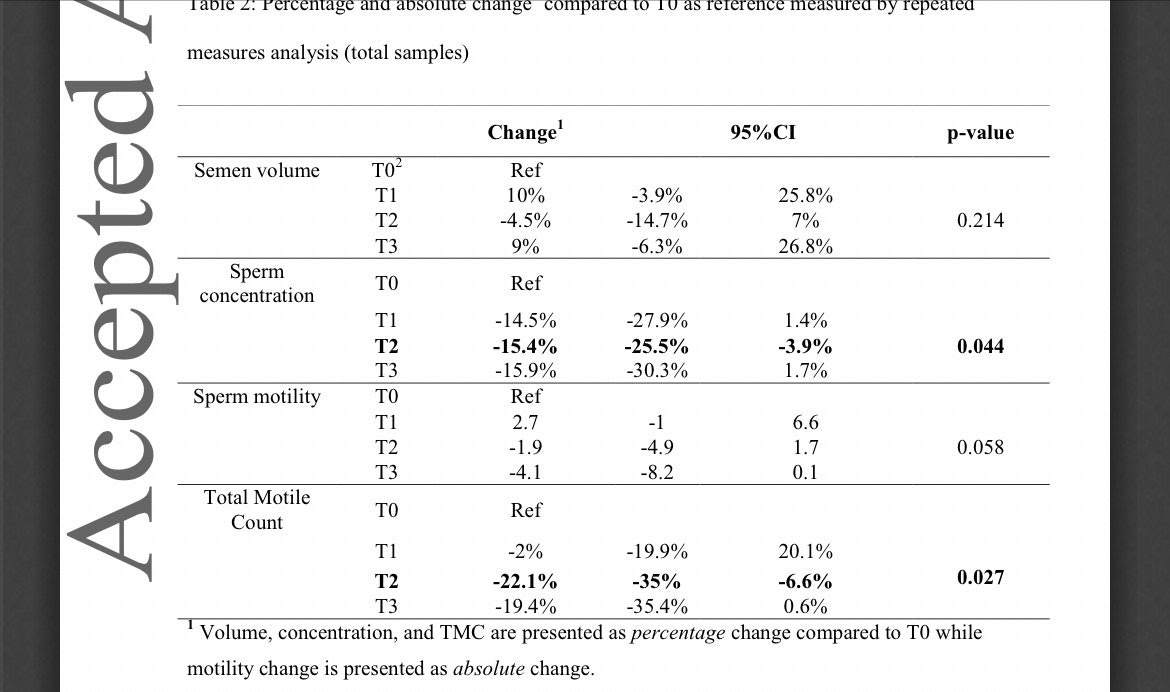SADS, MALE INFERTILITY AND THE SPIKE PROTEIN AMYLOIDOSIS HYPOTHESIS
Further evidence of a unifying pathology
SADS
The previously rare phenomenon, now known as Sudden Adult Death Syndrome – actually began its life back in 1977 as – Sudden ARRHYTHMIC Death Syndrome.
In 2006, 453 cases of sudden adult death syndrome were reviewed. Over 23% of those who died had a cardiomyopathy, such as IDIOPATHIC FIBROSIS. Myocarditis, sarcoidosis and inflammatory disorders accounted for almost 9%.
https://heart.bmj.com/content/92/3/316
What is most disturbing is the number of young celebrities that keep dying “unexpectedly” with ever increasing frequency. Let us look at some very recent, unfortunate, examples:
On June 11th, Gia Pastion (19) a Native American TikToker with a following of 50,000 died suddenly and unexpectedly. She died only a day after Cooper Noriega (19) (1.8 million TikTok followers) was found unconscious in a parking lot and then pronounced dead. In addition, Hollywood actor Tyler Sanders, 18 was found dead in his home on June 16th.
Let us also look at recent sudden cardiac deaths and events in athletes.
Records of the International Olympic Committee show 1,101 sudden deaths in athletes under age 35 between 1966 and 2004, giving an average annual rate of 29 sudden deaths, across all sports. However, between March 2021 and March 2022 alone — a single year — at least 769 athletes have suffered cardiac arrest, collapse, and/or have died on the field, worldwide.
Among EU FIFA (Soccer in the USA) athletes, sudden death increased by 420% in 2021. Historically, about FIVE soccer players have died while playing the game each year. Between January and mid-November 2021, TWENTY-ONE FIFA players died from sudden death.
You get the picture.
Now. Why?
I believe the Spike Protein Amyloidosis Hypothesis can explain these deaths. Of course, very detailed autopsies must be performed to assess this possibility. The following could be the mechanism for all the unexpected and unexplained deaths in the young:
Ventricular arrhythmia is also associated with cardiac amyloidosis and unexpected death. What is most concerning is that post mortem diagnosis of cardiac amyloidosis still represents a challenge for forensic pathologists. It may go completely unobserved, unnoticed.
The spike protein is behaving as (and is) an AMYLOID. It then causes fibrils to assemble and BLOCKS the electrical signals in the heart (they are doing damage to all other organs as well, make no mistake). Think of the electrical system of the heart as the wiring in a house. Now imagine thin thread-like needles being pierced through those wires. Eventually, the signal cannot get through.
https://www.ncbi.nlm.nih.gov/pmc/articles/PMC7414507/
MALE INFERTILITY
Covid-19 vaccination BNT162b2 temporarily impairs semen concentration and total motile count among semen donors.
https://onlinelibrary.wiley.com/doi/10.1111/andr.13209
This study (published Friday) found that sperm concentrations decreased post BNT162b2 vaccination. The paper CLAIMS it is TEMPORARY. However, if you look at the endpoint statistic, the sperm concentration was still 19% less than it was before vaccination. One can hardly say this is “temporary.” My personal belief is that they didn’t have a prayer of getting the paper published if they even HINTED the reduction could be permanent. That being said, providing the data clearly proving “temporary” status erroneous is a clever way of saying it’s not “temporary.”
The paper concludes that “Systemic immune response after BNT162b2 vaccine is a reasonable cause for transient semen concentration and TMC decline.”
It is also reasonable to consider these researchers completely incorrect in their conclusion.
The Spike Protein Amyloidosis Hypothesis can explain the reduction in sperm concentration.
Unlike other human biological fluids, semen contains multiple types of amyloid fibrils in the absence of disease. These fibrils enhance HIV infection by promoting viral fusion to cellular targets, but their natural function remained unknown. The similarities shared between HIV fusion to host cell and sperm fusion to oocyte led us to examine whether these fibrils promote fertilization. Surprisingly, the fibrils inhibited fertilization by immobilizing sperm. Interestingly, however, this immobilization facilitated uptake and clearance of sperm by macrophages, which are known to infiltrate the female reproductive tract (FRT) following semen exposure. In the presence of semen fibrils, damaged and apoptotic sperm were more rapidly phagocytosed than healthy ones, suggesting that deposition of semen fibrils in the lower FRT facilitates clearance of poor-quality sperm. Our findings suggest that amyloid fibrils in semen may play a role in reproduction by participating in sperm selection and facilitating the rapid removal of sperm antigens.
https://elifesciences.org/articles/24888
Inexorably, in an unknown percentage of individuals, the Spike Protein, as in Stephen King’s The Lonesome Death of Jordy Verrill, is slowly infiltrating and turning all it touches into non-functioning tissue.




Thank you for this! Minor correction: Shot Adverse Death Syndrome ;)
Thanks for all you do! It's so wonderful to see you're illuminating these connections in ways that hopefully can help save lives. I see there's a new paper you may have seen that discusses a note on amyloid terminology--their paper states, "We recognize that there has occasionally been confusion in our use of the term ‘amyloid’ to describe amyloidogenic blood clotting, as blood is not seen as a source of the classical amyloidoses. While we could have used another term, the structures and staining of these blood clot fibres, presumably consisting of the ordered β-sheet architectures necessary (i) to bind fluorogenic amyloid stains and (ii) to be resistant to the normal sources of proteolysis, do reflect the well-established term ‘amyloid’. In addition, there is a very simple discrimination between ‘classical’ amyloids and those fibrin-rich amyloids that are our focus here: this is that the amyloid fibrils seen in classical amyloidoses tend to be ca 5–25 nm or so in diameter whereas those in fibrin amyloid microclots tend to be in the range 50–150 nm or even more. They are thus easily distinguished microscopically, even without the greater analytic power afforded by proteomics, antibody staining, and so on. However, to avoid such ambiguity in the future, we consider it sensible to refer to the kinds of fibrin-based amyloids we are speaking about as fibrinaloids"
https://portlandpress.com/biochemj/article/479/4/537/230829/A-central-role-for-amyloid-fibrin-microclots-in